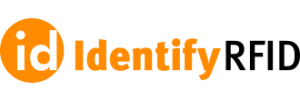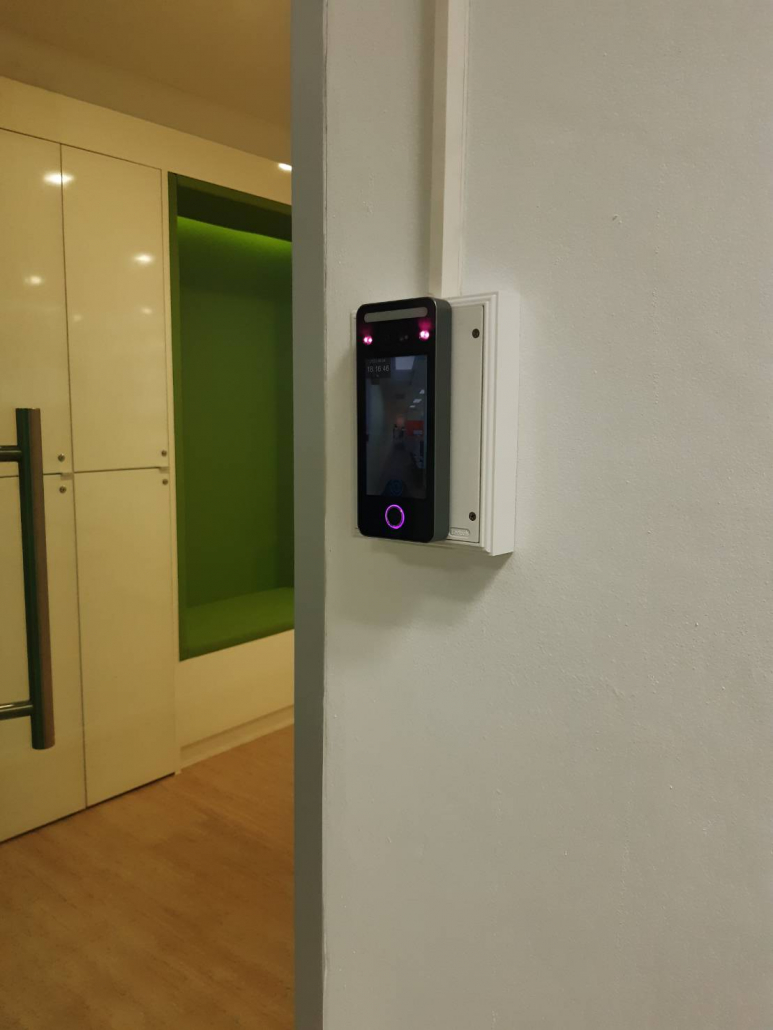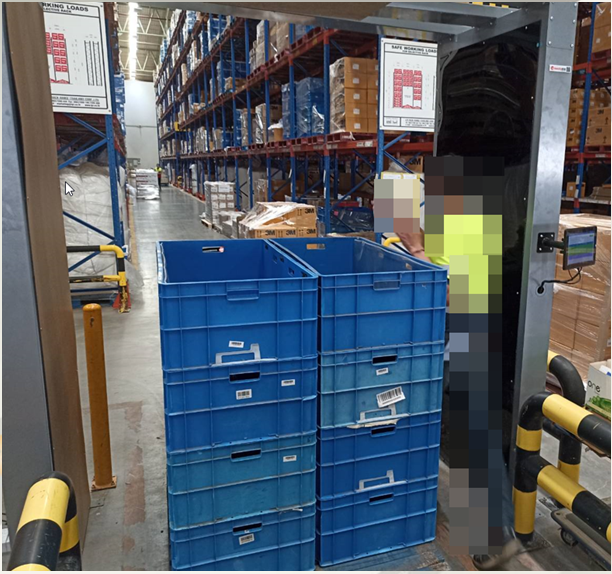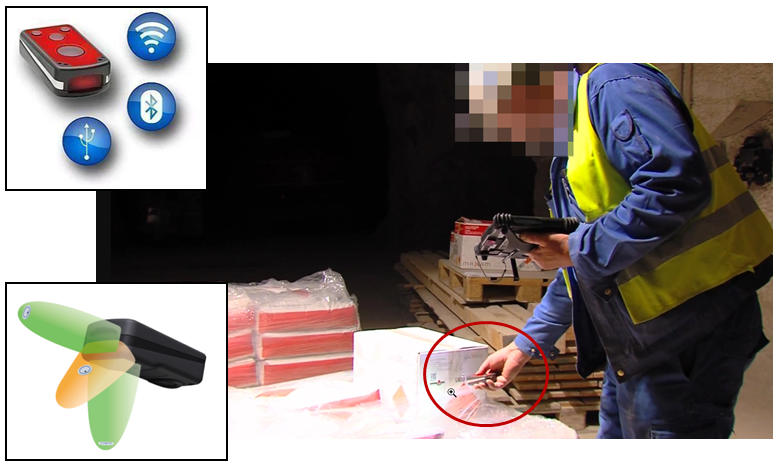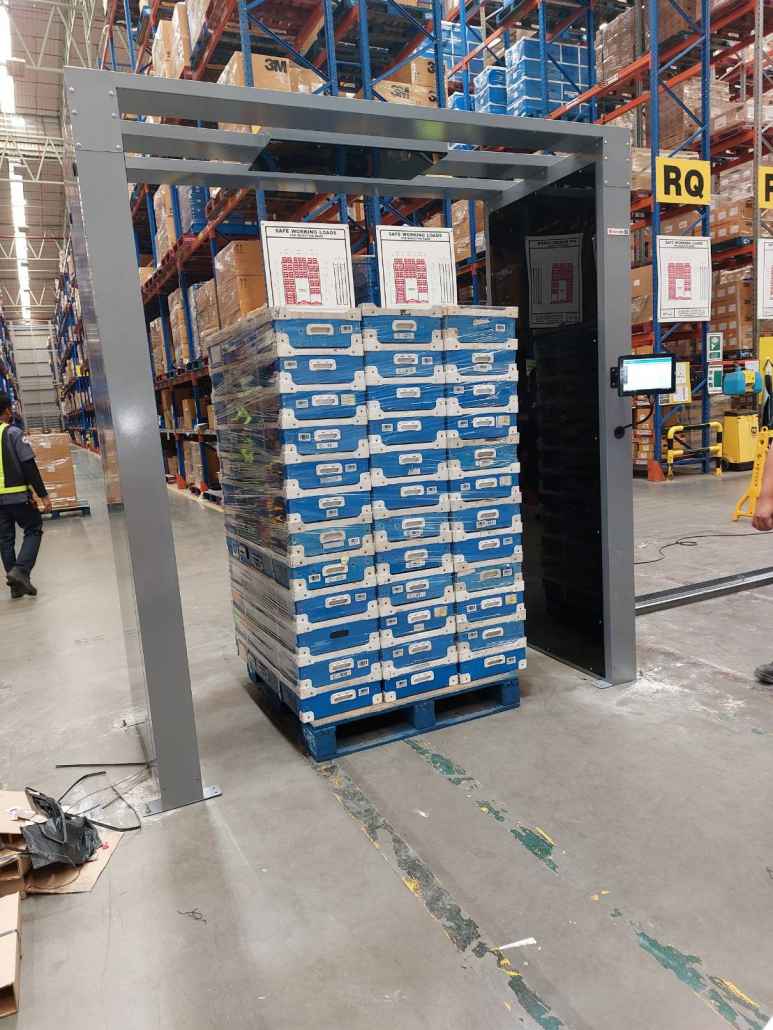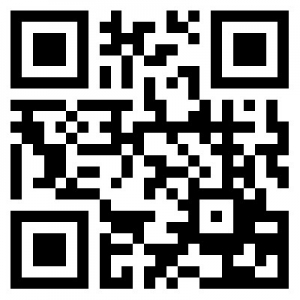ความแตกต่างระหว่างเทคโนโลยี RTLS และ RFID
เมื่อพูดถึงเทคโนโลยีในการติดตามหรือค้นหาสิ่งต่าง ๆ เช่น บุคคล หรืออุปกรณ์ต่าง ๆ สองเทคโนโลยีที่มีการกล่าวถึงเป็นประจำคือ RTLS (Real Time Location Tracking) และ RFID (Radio Frequency Identification) และในหลายครั้งที่มีกล่าวถึงเทคโนโลยีทั้งสองสลับกัน เนื่องจากเทคโนโลยีทั้งสองมีการใช้ในการติดตามหรือระบุตัวตนของสิ่งต่าง ๆ เหมือนกัน อย่างไรก็ตามเทคโนโลยีทั้งสองก็มีความแตกต่างกันในหลายประการ
เทคโนโลยี RTLS เป็นการนำเทคโนโลยี Bluetooth, Ultra-wideband (UWB), หรือ Zigbee มาใช้ในการติดตาม โดยวัตถุหรือสิ่งของที่จะติดตามต้อง Tag, iBeacon หรืออุปกรณ์ใดใด เช่น โทรศัพท์มือถือที่มี Bluetooth เป็นต้น โดย Tag ดังกล่าวจะส่งข้อมูลไปที่เครื่องรับ นอกจากนั้นในพื้นที่ที่ต้องการติดตามก็มีการติดเครื่องรับเพื่อรับสัญญาณจาก Tag ซึ่งอาจจะมีชื่อเรียกที่แตกต่างกันไป เช่น Anchor, Receiver เป็นต้น นอกเหนือจากองค์ประกอบสองส่วนข้างต้น ก็จะมีส่วนของซอฟท์แวร์ในการประมวลผลเพื่อระบุตำแหน่ง ทันทีที่ Tag ส่งค่าไปที่เครื่องรับ ซอฟท์แวร์ที่ต่อกับเครื่องรับจะทำการคำนวนค่าที่ได้รับ และระบุตำแหน่งของ Tag โดยปกติซอฟท์แวร์จะไปเชื่อมต่อกับแผนที่ของบริเวณที่ต้องการติดตาม เพื่อที่จะให้สามารถแปลผลได้ว่า Tag ดังกล่าว อยู่ส่วนไหนของแผนที่ เช่นห้องประชุม หรือห้องอาหารเป็นต้น เทคโนโลยีดังกล่าวตำแหน่งของวัตถุดังกล่าวจะคำนวนด้วยซอฟท์แวร์
ในส่วนของเทคโนโลยีอาร์เอฟไอดี (RFID) ก็จะมีอุปกรณ์ที่ใกล้เคียงกัน คือวัตถุหรือสิ่งของที่ต้องการจะติดตามก็จะต้องมี Tag หากเป็น Passive RFID ก็จะเป็น Tag แบบไม่มีแบตตอรี่ ในกรณีที่เป็น Active RFID ก็จะเป็น Tag แบบมีแบตตอรี่ และก็จะมีเครื่องอ่านอาร์เอฟไอดี (RFID Reader) ที่คอยรับค่าจาก RFID Tag โดยเครื่องอ่านอาร์เอฟไอดี (RFID Reader) จะติดตั้งในจุดที่ต้องการจะอ่าน RFID Tag เช่นประตูเข้าออก เป็นต้น ส่วนสุดท้ายคือส่วนซอฟท์แวร์ ซึ่งซอฟท์แวร์ของเทคโนโลยีอาร์เอฟไอดี (RFID) ไม่สามารถที่จะระบุตำแหน่งของ RFID Tag ได้ เพียงแค่สามารถบอกได้ว่า ถูกอ่านด้วยเครื่องอ่าน (RFID Reader) ดังกล่าวหรือยัง ตัวอย่างเช่น ในกรณีที่ RFID Tag ถูกอ่านด้วยเครื่องอ่านอาร์เอฟไอดี (RFID Reader) ที่ห้องประชุมเวลา 9.00 ซอฟท์แวร์สามารถที่จะบอกได้ว่า RFID Tag อยู่บริเวณห้องประชุมในเวลาดังกล่าว หากมีการติดตั้งอุปกรณ์เซ็นเซอร์เพิ่มเติม ก็จะสามารถบอกได้ว่า RFID Tag ดังกล่าวเข้าหรือออกห้องประชุม แต่ไม่สามารถที่จะระบุได้ว่า อยู่ในบริเวณไหนของห้องประชุม
เทคโนโลยีทั้งสองต่างก็มีการนำมาใช้เพื่อติดตามวัตถุหรือบุคคลทั้งสิ้น อย่างไรก็ตามการจะเลือกเทคโนโลยีใดนั้นขึ้นอยู่กับความสำคัญของสิ่งของที่เราทำการติดตาม หากเราต้องการรู้ถึงตำแหน่งของวัตถุดังกล่าวในลักษณะ Real time และต้องการทราบถึงตำแหน่งของวัตถุดังกล่าว เทคโนโลยี RTLS ก็จะเป็นทางเลือกที่เหมาะสม ในทางตรงกันข้ามหากต้องการทราบถึงการเคลื่อนไหว ว่าวัตถุดังกล่าวผ่านจุดใดมาบ้าง โดยไม่จำเป็นต้องรู้ตำแหน่งที่แน่นอนในลักษณะ Real time เทคโนโลยีอาร์เอฟไอดี (RFID) ก็จะเป็นทางเลือกได้
